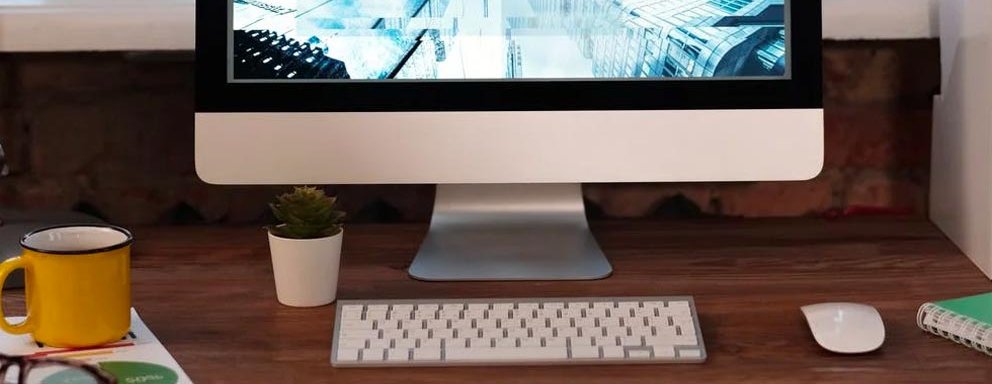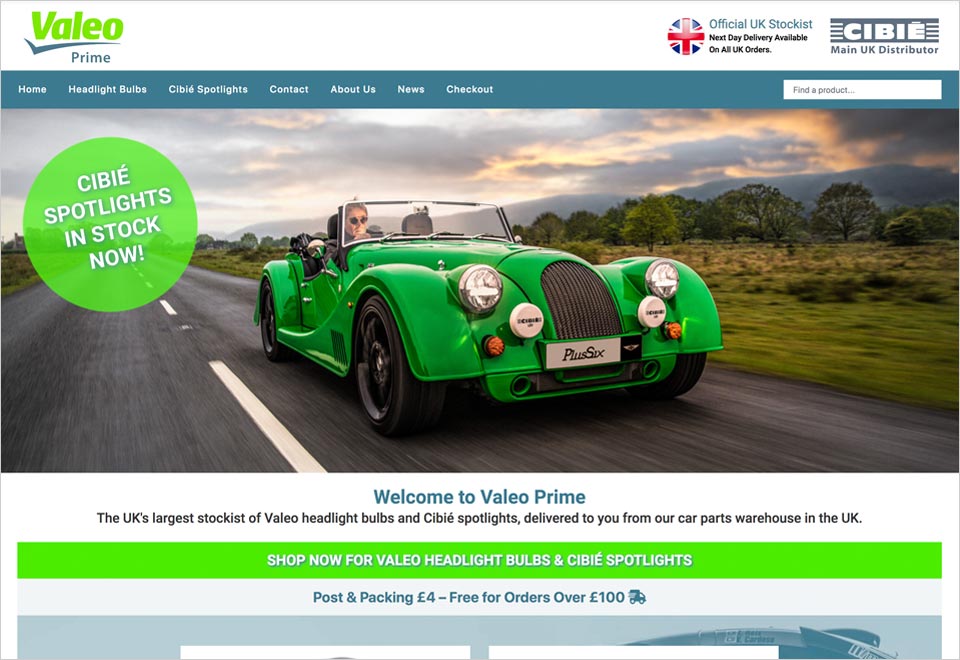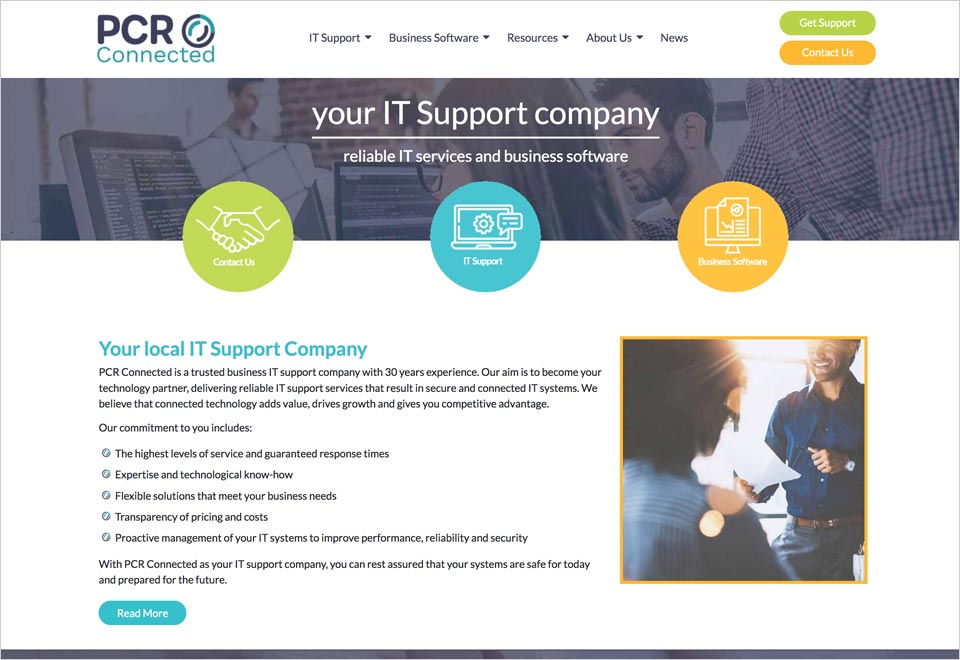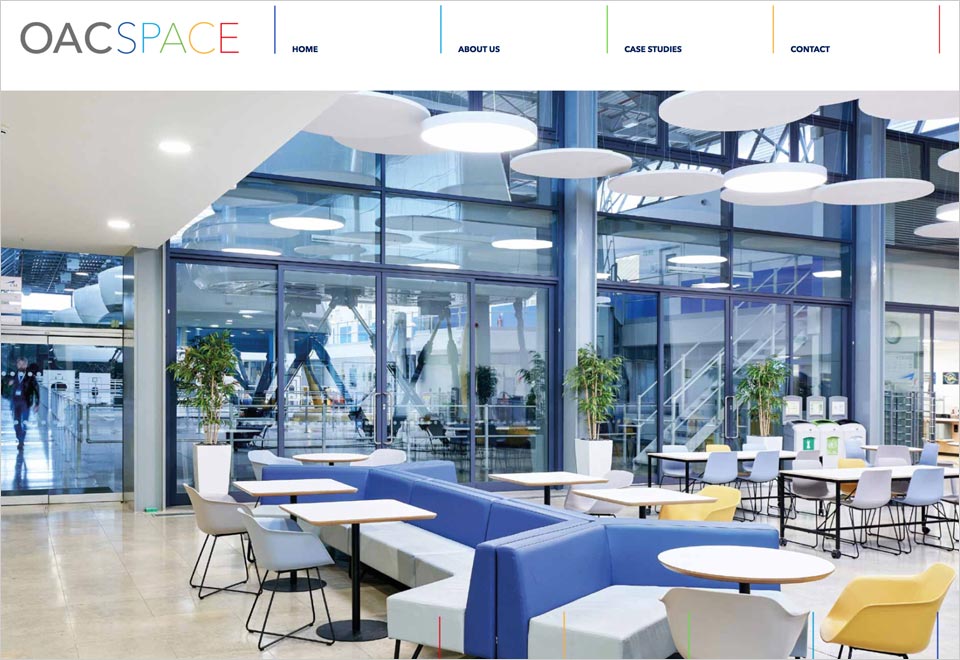In an increasingly digitised world, the days of advancing offline advertising seem to be numbered.
In an increasingly digitised world, the days of advancing offline advertising seem to be numbered.
Despite the range of print marketing methods available - TV and radio adverts, billboards, posters, leafleting, newspaper listings - the traditional ways simply aren't as popular anymore.
Even the bulky print directories of yesteryear are all but extinct - this year's Yellow Pages is barely thicker than a weekly magazine - with advertisers taking to the internet to promote their services instead.
This poses the question: is it possible to market your business using digital advertising alone, shunning print media entirely?
We've seen businesses fail equally due to not using one or the other - it's important not to put all your eggs in one basket. Striking the right balance between the two depends on your business' size, budget and market.
This article aims to highlight how internet advertising can benefit every business, whilst suggesting when to use other forms of marketing to complement your online efforts.
Where are you on the Web?
Most potential customers search Google to find businesses by typing certain keywords or phrases.
This is where search engine marketing shines - if your customers know what they want, and your website appears in Google to say that it caters to what they want, you will get a great return on investment.
Another great way to 'spread the word' on the internet is social media. Once seen as just a way for friends to keep in contact, now Facebook and Twitter are increasingly being used for advertising.
Think of Twitter and Facebook as a digitised 'referrals' system - a business publishes a post or tweet about their services, which their followers may 'like' or share with their friends, and the word gets passed on from there.
The greatest advantage of advertising through social media is the vastness of the potential audience - as of Summer 2015, Facebook alone has almost 1.5 billion monthly active users.
With such a huge pool of users and connections between them, a successful post shared with many people can rapidly grab the attention of the masses. This phenomenon is known as viral marketing, and companies often spend vast sums of money and resources trying to tap into this resource.
Building your online presence
To take advantage of the Twitter and Facebook market, you need a number of dedicated followers, if you don't have anyone directly viewing your advertisement, nobody is going to share it!
Building up this following can be an uphill struggle, often involving a lot of time and dedication to convince people that you're worth following. Though the rewards for doing so can be great, many companies are put off devoting a large chunk of time for a non-guaranteed return on investment.
Design Brothers provide a social media management service that is customised to each of our clients' markets. We build the database of potential customers, and our clients then take advantage of the advertising platform by sending tweets and posts to them.
So what about offline marketing?
As mentioned before, there are a huge range of offline methods that some companies can take advantage of.
TV and radio adverts tend to reach more potential customers than any other offline marketing methods - a 30-second advertisement on ITV2 is seen by an average of 131,000 adults.
The key with audio-visual advertising is repetition: a single 30-second ad spot isn't going to get you anywhere. In an ideal scenario, you'd need to have your ad relayed to the audience at least half-a-dozen times daily before leaving an impression on them.
With each 30-second TV ad slot costing in excess of £1,000 (before filming and producion costs) even on the smaller channels , the bill really starts to rack up. Even with regional radio advertising, often seen as the cheaper cousin of TV advertising, you're advised to have a minimum budget of £1,000 per week. When you factor in the creative costs and any licensing fees for music or image rights, you can see why this form of advertising is generally reserved for larger companies.
A slightly more affordable and accessible offline advertising medium is billboards and posters. A standard 48-sheet billboard costs around £200-300, which is more applicable for small-to-medium businesses. Whilst you almost certainly won't reach as many people as with TV and radio advertisements, a well-placed billboard on a popular commuting route enforces repeat exposure and is more likely to leave an impression.
If you're a start-up or other smaller local business and don't mind a more hands-on method of advertising, leafleting is a great way of getting the word out and giving your company a public 'face'. Every person that you hand a leaflet to is given a physical reminder of your business - the impression left on them lasts as long as they have the leaflet. It's a cheap, slightly time-consuming way to get yourself noticed in the local area.
Newspaper advertising is the compromise between TV/radio and leafleting - you get a slightly wider potential audience and customers get that physical reminder to help leave an impression. The cost varies greatly depending on how large your advert is: a small classified ad in a local paper starts at £25, whilst a quarter-, half- or full-page advertisement in the same type of publication can be many thousands of pounds.
All roads lead to Google
So, you've chosen the best offline marketing method for you. From here, customers will want to know more about you. The easiest and most accessible way to do that? Searching for you on Google! This takes us back to the point made earlier - it's absolutely vital that you have an online presence to match your offline advertisements.
Here's a brief case study to highlight the importance of the different forms of advertising that we've looked at:
One of our clients, a new retail shop on a busy road, has reported that their highest volume of customers is not from passing trade (despite having an attractive storefront), but from people who searched for them on the web. Their second-best marketing medium is leafleting in the local area, then thirdly social media, closely followed by a good old-fashioned A-Board!
So can you advertise using digital media alone? Whilst you should use all of the online and offline options available to you, your online marketing should take up the lion's share of your advertising budget. Small businesses in particular still find merit in print advertising, but shouldn't neglect the importance of building an online presence as this is where their customers will ultimately end up looking for further information.





